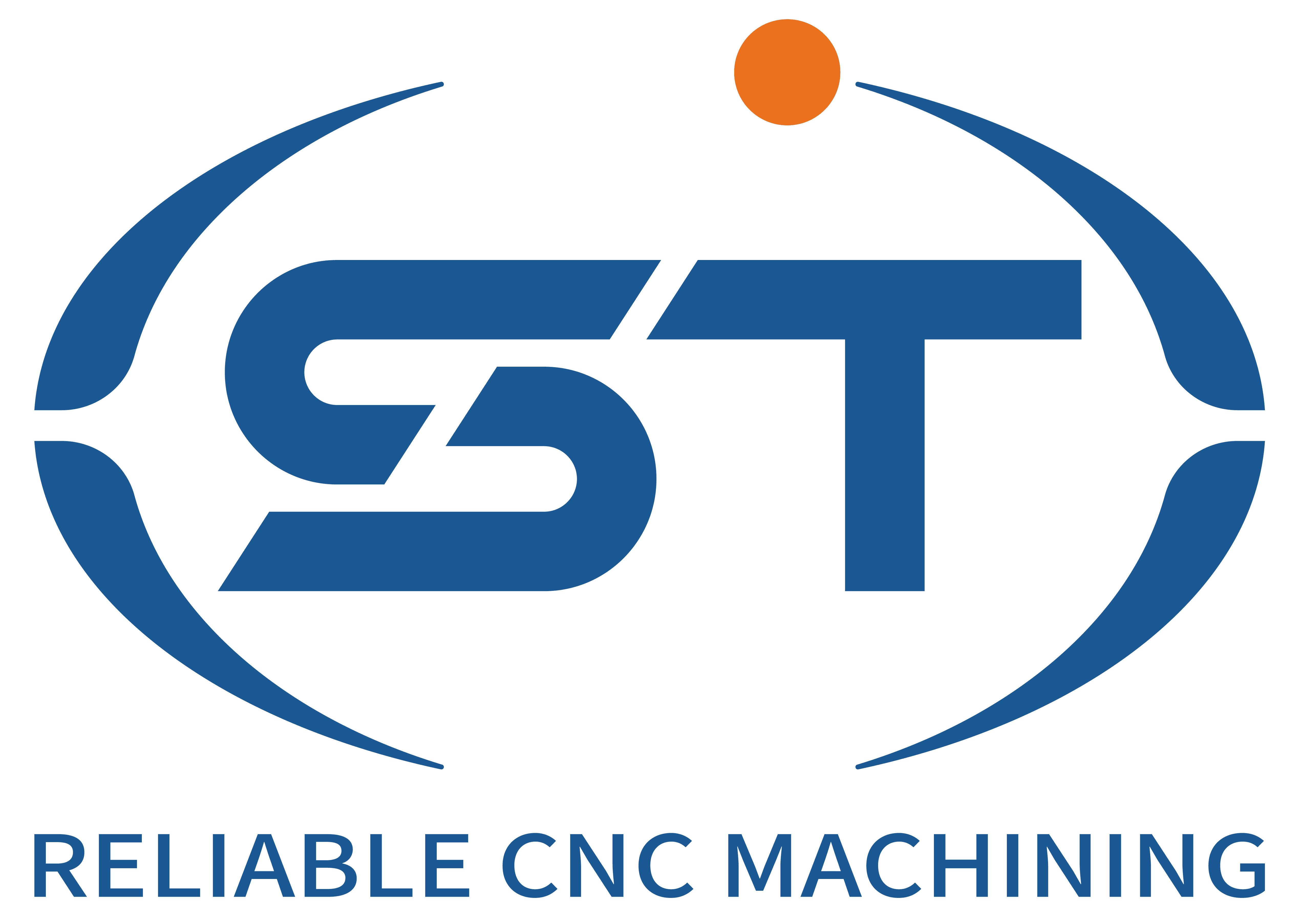Noise Control Measures in Faites une demande maintenant ! pour les composants automobiles
CNC machining operations for automotive parts, such as milling engine blocks, turning transmission shafts, or drilling brake rotors, often generate high noise levels due to rapid tool movements, material removal, and machine vibrations. Prolonged exposure to excessive noise in factories can lead to hearing damage among workers, reduced productivity, and non-compliance with occupational safety regulations. Implementing targeted noise control strategies ensures a safer work environment, enhances operational efficiency, and aligns with global workplace health standards. Below are practical approaches to mitigating noise in automotive CNC machining.
1. Machine Design and Structural Optimization
- Vibration-Dampening Machine Bases: Equip CNC machines with reinforced bases incorporating viscoelastic materials or tuned mass dampers to absorb vibrations during high-speed operations like rough milling of cast iron engine blocks. These bases reduce structural noise transmission by up to 10–15 decibels (dB), creating a quieter workshop floor.
- Sound-Enclosed Machine Housings: Retrofit open-frame CNC lathes or mills with acoustic enclosures made from multi-layer composite panels. These enclosures, featuring sound-absorbing foam and vibration-isolating mounts, can lower noise emissions by 20–25 dB when machining components like aluminum cylinder heads or steel crankshafts.
- Optimized Spindle and Toolholder Balance: Use precision-balanced spindles and toolholders to minimize imbalance-induced vibrations during high-RPM operations like finishing titanium valve components or drilling stainless steel exhaust manifolds. Proper balancing reduces noise peaks by 5–8 dB and extends tool life by preventing premature wear.
2. Process Modifications and Tool Selection
- Reduced Cutting Speeds and Feed Rates: Adjust CNC programs to lower spindle speeds and feed rates during roughing passes on materials like hardened steel gears or nickel-based alloys. Slower cutting reduces impact forces between the tool and workpiece, decreasing noise levels by 8–12 dB without significantly affecting cycle times for non-critical dimensions.
- High-Performance Cutting Tools with Advanced Geometries: Select tools with polished flutes, variable helix angles, or chip-breaking designs for operations like dry milling magnesium alloy engine covers or high-feed turning of aluminum suspension arms. These geometries minimize chip-tool interactions, reducing noise generated by chip evacuation and tool engagement.
- Minimum Quantity Lubrication (MQL) Systems: Implement MQL to deliver precise micro-doses of lubricant to the cutting zone during machining of components like CFRP brake calipers or glass-filled nylon interior parts. MQL reduces friction-induced noise by 10–15 dB compared to flood cooling while minimizing fluid-related mess and environmental impact.
3. Acoustic Barriers and Workstation Layouts
- Modular Acoustic Screens: Install transparent polycarbonate screens with sound-absorbing backing around noisy CNC machines processing components like differential cases or turbocharger housings. These screens create localized noise reduction zones, lowering operator exposure by 12–18 dB without obstructing visibility or workflow.
- Strategic Machine Placement: Position high-noise machines, such as deep-hole drills or gear hobbing equipment, away from central work areas or break rooms. Clustering similar machines together and isolating them with sound-absorbing partitions reduces ambient noise levels across the factory floor by 10–20 dB.
- Floating Floors for Critical Workstations: Construct independent floating floors using rubber isolators or spring mounts beneath CNC machines used for precision operations like machining electric vehicle (EV) battery enclosures or fuel injector nozzles. These floors decouple machines from the building structure, preventing noise transmission through vibrations by 15–20 dB.
4. Maintenance and Operational Best Practices
- Regular Machine Calibration and Lubrication: Schedule frequent maintenance checks to ensure guideways, ballscrews, and spindles are properly lubricated and aligned. Well-maintained machines, such as those processing aluminum wheel hubs or steel axles, generate 5–10 dB less noise due to reduced friction and smoother motion.
- Employee Training on Noise Awareness: Conduct workshops to educate operators on identifying noise sources, such as worn bearings or loose toolholders, during machining of components like transmission cases or brake rotors. Early detection of mechanical issues prevents noise escalation and extends equipment lifespan.
- Personal Protective Equipment (PPE) Compliance: Enforce mandatory use of hearing protection, such as earmuffs or earplugs rated for at least 25 dB noise reduction, in areas exceeding 85 dB(A) during operations like grinding cast iron cylinder liners or honing engine blocks. PPE serves as a last line of defense when engineering controls cannot fully mitigate noise.
5. Real-Time Noise Monitoring and Data Analysis
- Wireless Noise Sensors: Deploy IoT-enabled sound level meters throughout the factory to continuously monitor noise levels near CNC machines processing components like steering knuckles or exhaust manifolds. Real-time data alerts supervisors to exceedances, enabling immediate adjustments to machine parameters or workflows.
- Noise Mapping Software: Use digital tools to create heatmaps of noise distribution across the production floor based on sensor data. Identifying hotspots, such as areas near high-speed milling stations or press brakes, guides targeted interventions like acoustic panel installations or process redesigns.
- Predictive Analytics for Noise Trends: Analyze historical noise data to predict peak periods or equipment prone to excessive noise, such as aging CNC lathes machining steel driveshafts. Proactive maintenance or replacement of noisy components reduces unexpected downtime and maintains a consistent acoustic environment.
By integrating these noise control measures, automotive CNC machining facilities can create safer, more compliant workplaces while preserving operational efficiency. Addressing noise at its source through engineering, process, and maintenance strategies ensures long-term benefits for worker health, productivity, and regulatory adherence.




